Goo-y Ducks
....
This handsome fellow is a male Surf Scoter. He is one of the many splendid species of waterfowl we see in the winters here in the San Francisco Bay Area.
Over the last week or so, I've spent most of my free time (outside of my already very physical job) volunteering at the International Bird Rescue center, because this bird and many others have been contaminated by a mysterious substance that has covered their bodies with an unknown goo. Hundreds of birds washed up on our shores dead, and hundreds beached themselves. The International Bird Rescue center took in over three hundred birds covered in a strange substance, remarkably like rubber cement.
These birds received superlative medical care. Upon arrival at the center, their health was assessed. Once they were strong enough, the birds were thoroughly cleaned, first with baking soda and vinegar, and then with Dawn dish washing detergent.
The newly-cleaned birds were housed in specially-constructed heated boxes to dry before they were assessed to see if they could be moved to rehab pools. Ducks do best on the water, but if their feathers are fouled (see what I did there?) they are unable to float or stay warm properly.
I worked alongside wildlife experts who took excellent care of the recovering birds.
I also did a staggering amount of laundry. We can't just grab ducks and carry them around. When handling these wild animals, we carefully wrap them in towels, to keep them from struggling and to reduce their stress. The International Bird Rescue center has an industrial-scale laundry facility, which ran all day long.
Feeding hundreds of birds is a massive task. Every day, frozen fish and shrimp must be thawed. Mealworms must be prepared.
Larger birds can eat entire fish.
The smaller grebes and buffleheads need to have their food cut up into bite-sized pieces. These little dudes are about the size of your classic bathtub rubber ducky.
As of Sunday, eighty-one healthy birds were released back into the wild. One hundred and thirty-two were still in care. Multiple testing labs are still working to figure out the nature and source of the contaminant. Trained staff and over three hundred volunteers have worked to help these animals.
And the work isn't done.
Because there is no obvious culprit to pay to undo this damage, the International Bird Rescue center is paying all the bills for this catastrophic event. Medical care, food, water and electricity cost money -- lots and lots of money. I believe that since we humans have done so much damage to the natural world, since we have done so much harm to wild creatures, we need to take responsibility and clean up the mess.
I've given my time and I've donated money. If you can, please consider making a donation to International Bird Rescue. Please help a wild bird fly free again.
This handsome fellow is a male Surf Scoter. He is one of the many splendid species of waterfowl we see in the winters here in the San Francisco Bay Area.
Over the last week or so, I've spent most of my free time (outside of my already very physical job) volunteering at the International Bird Rescue center, because this bird and many others have been contaminated by a mysterious substance that has covered their bodies with an unknown goo. Hundreds of birds washed up on our shores dead, and hundreds beached themselves. The International Bird Rescue center took in over three hundred birds covered in a strange substance, remarkably like rubber cement.
These birds received superlative medical care. Upon arrival at the center, their health was assessed. Once they were strong enough, the birds were thoroughly cleaned, first with baking soda and vinegar, and then with Dawn dish washing detergent.
The newly-cleaned birds were housed in specially-constructed heated boxes to dry before they were assessed to see if they could be moved to rehab pools. Ducks do best on the water, but if their feathers are fouled (see what I did there?) they are unable to float or stay warm properly.
I worked alongside wildlife experts who took excellent care of the recovering birds.
I also did a staggering amount of laundry. We can't just grab ducks and carry them around. When handling these wild animals, we carefully wrap them in towels, to keep them from struggling and to reduce their stress. The International Bird Rescue center has an industrial-scale laundry facility, which ran all day long.
Feeding hundreds of birds is a massive task. Every day, frozen fish and shrimp must be thawed. Mealworms must be prepared.
Larger birds can eat entire fish.
The smaller grebes and buffleheads need to have their food cut up into bite-sized pieces. These little dudes are about the size of your classic bathtub rubber ducky.
As of Sunday, eighty-one healthy birds were released back into the wild. One hundred and thirty-two were still in care. Multiple testing labs are still working to figure out the nature and source of the contaminant. Trained staff and over three hundred volunteers have worked to help these animals.
And the work isn't done.
Because there is no obvious culprit to pay to undo this damage, the International Bird Rescue center is paying all the bills for this catastrophic event. Medical care, food, water and electricity cost money -- lots and lots of money. I believe that since we humans have done so much damage to the natural world, since we have done so much harm to wild creatures, we need to take responsibility and clean up the mess.
I've given my time and I've donated money. If you can, please consider making a donation to International Bird Rescue. Please help a wild bird fly free again.
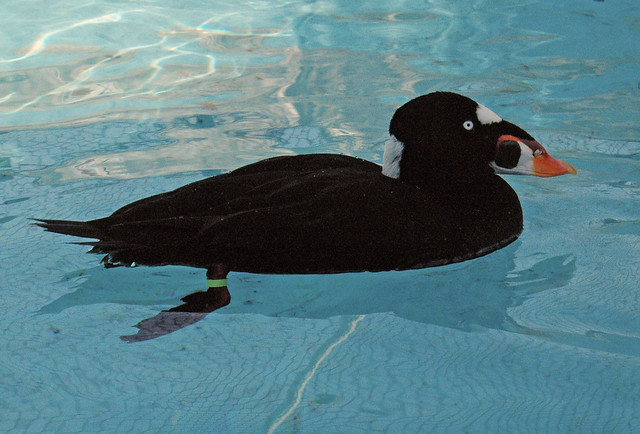


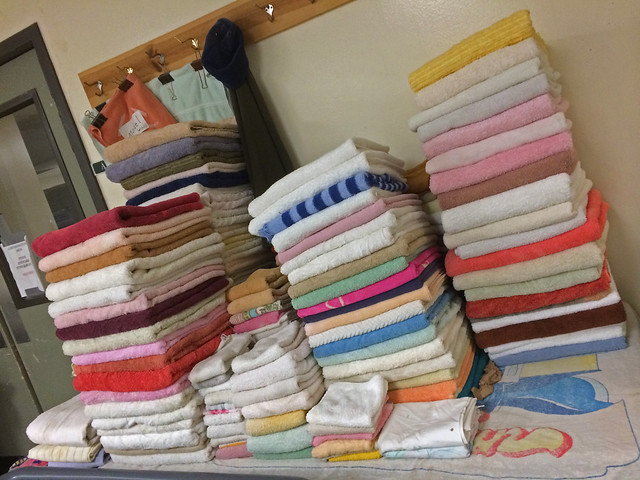
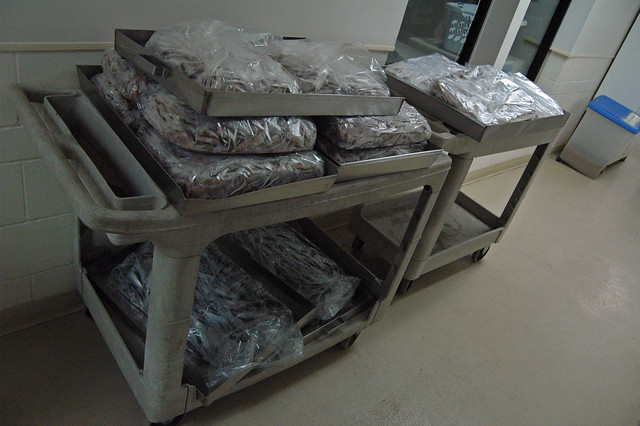
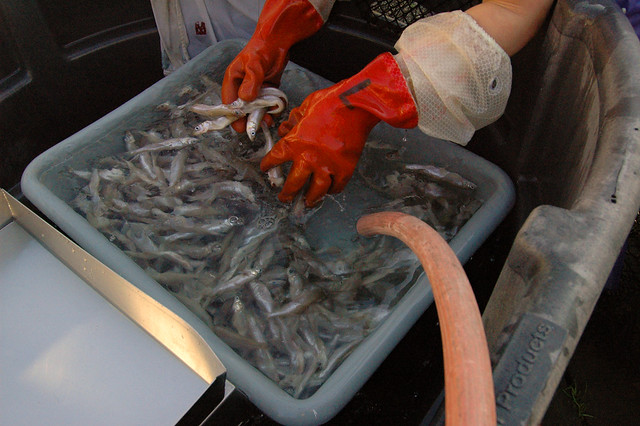
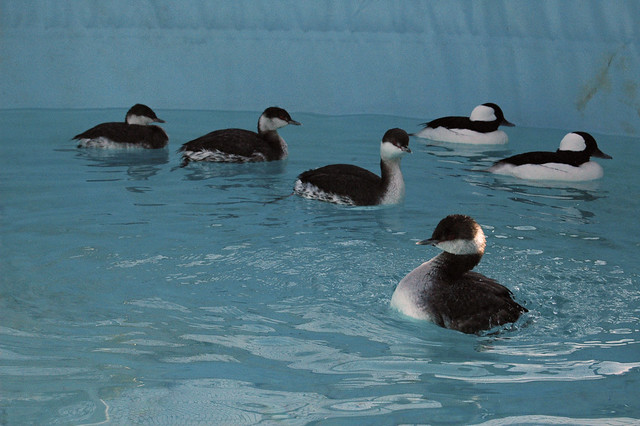
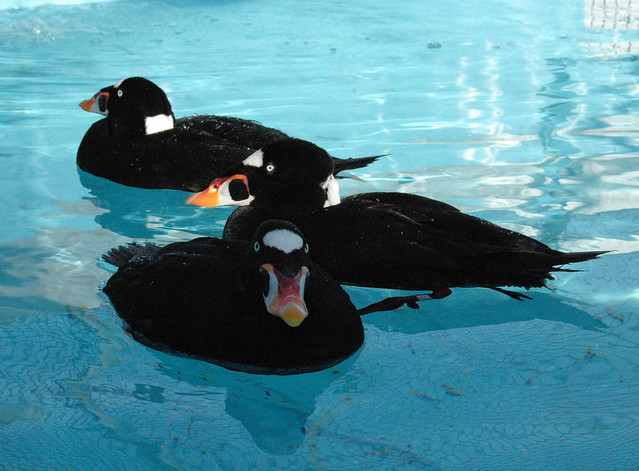

Comments